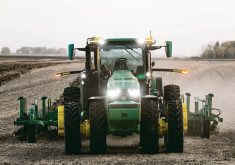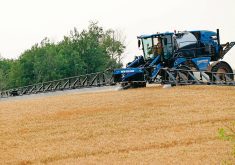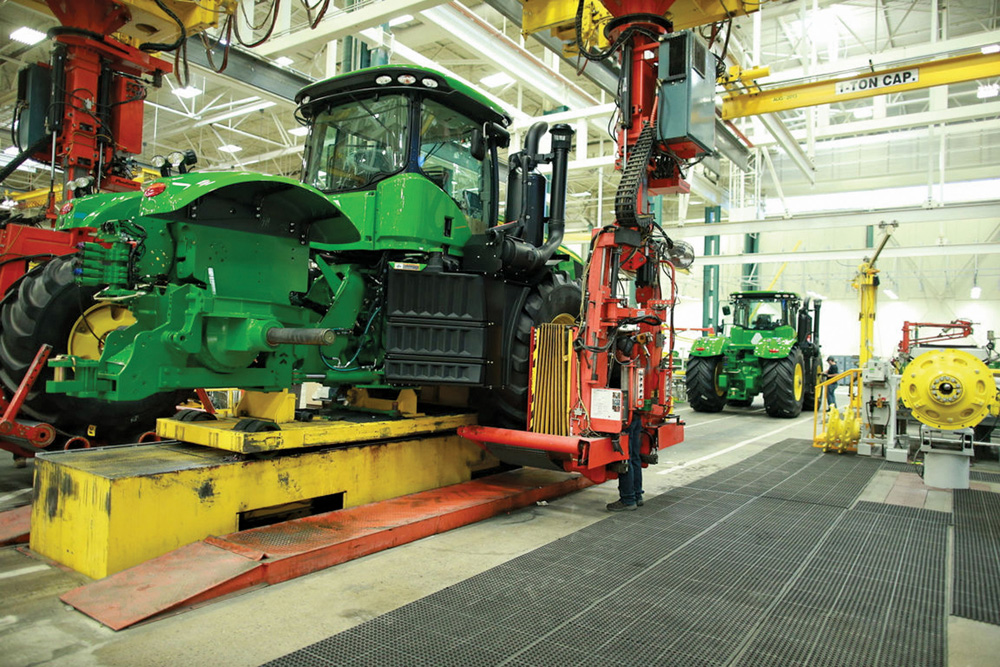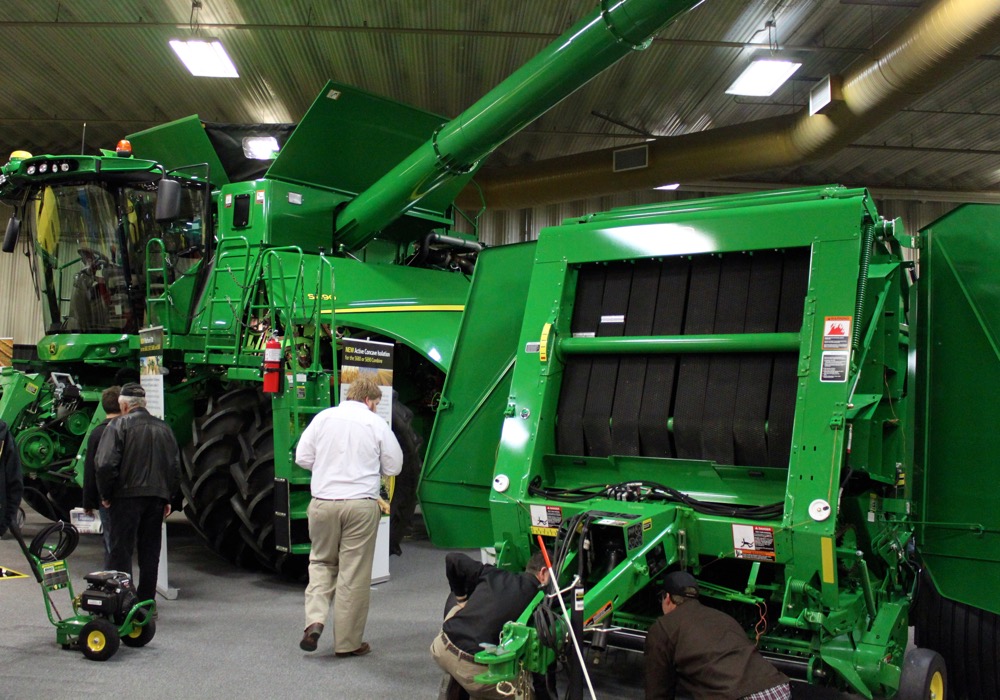In 1952, 18-year-old Gordon Gilchrist arrived in Alberta from Ontario with a shopping bag in one hand and a gramophone suitcase in the other.
Back home, his family farmed with horses. But when he came to Alberta, the Ontario teen found work with a farmer north of Edgerton who introduced him to John Deere tractors.
“He had a big Model R,” said Gilchrist. “Well, I could hardly wait for the opportunity bell to ring. Some people call it an alarm clock, but I call it the opportunity bell.”
Read Also

The heart of the rodeo
A profile of rodeo stock contractors and their contribution to Alberta’s rodeo culture.
Other tractors were good, but “John Deeres were the ones I kind of liked,” he said.
Today, he has 85 meticulously restored ones on his farm near Wainwright — at least one of every model since the Model D was released in 1924.
“After we got established, I started buying them up,” he said.
He spent “1,000 bucks” for his first one — a Model AR — when he started his collection 30 years ago, and he still marvels at how transformative those early tractors were.
“We had a 100-acre farm, so we walked behind the walking plow,” he said. “You could plow two acres a day if you had a good team of horses, and you were out there at seven in the morning until six at night.”
In 1924, a 23-horsepower Model D retailed for around $1,500 and could plow an acre in under an hour. Today’s models can till an acre every five minutes.
- From the Grainews website: Running like a Deere
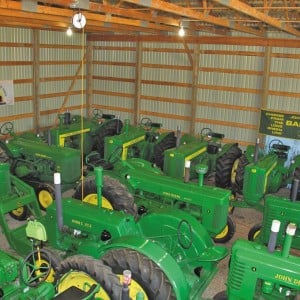
And while tractors now cost 200 times more, the price to restore an old one is “unbelievable,” said Gilchrist.
“There’s a sale west of Edmonton where there was a 730 gas standard — very rare. It was seized up, it wasn’t good, the tires were fair, and do you know what it sold for? $17,000.”
There’s a reason why tractor collectors have a fondness for green and yellow, he said.
“John Deeres are very, very strong,” he said. “They’ve been going for years, and they’re very dependable. You couldn’t wear those old tractors out.”




